Have you ever looked at a cutlery set and thought, “Is this shiny, matte… or something in between?” One of the reasons I created this content is exactly that situation. While researching cutlery, I came across a set and found myself asking first internally, then to the store clerk—“Is this matte or shiny?” That’s when I realized that the “in-between” finish was most likely satin silverware and to be honest, it might just be the underrated star of modern table settings.
If you’re currently thinking about buying a new cutlery set and wondering what a “satin” finish actually means, how it’s different, and whether it’s worth the hype I’ve done the research and even bought and tested it for you. My goal is to share my experience so you don’t have to go through the trouble yourself. Maybe some of you already have additional knowledge beyond mine. If so, feel free to share your insights so we can all learn together.
Let’s Start with What Satin Silverware Means
As I briefly mentioned at the beginning, imagine a soft, brushed surface in a silver tone not too shiny, not dull either. That’s satin. It has a subtle, sleek look without screaming for attention. You know those minimalist, modern kitchens on Instagram? Satin silverware fits perfectly in that setting.
Unlike highly polished silver sets, the satin surface doesn’t show every fingerprint or water spot which is honestly a game-changer. Let’s be honest, who wants to polish forks every day?
Why Do People Love It So Much?
Based on my own use and research and feedback from several friends who are obsessed with cutlery—here’s what I’ve gathered:
- Timeless look – Satin has a soft glow that never goes out of style. It’s like a cozy sweater for your table.
- More resistant to smudges and scratches It really hides flaws better than any other finish.
- Matches any style – Whether your dinnerware is modern or rustic, satin cutlery fits right in.
And if you’re setting the table for a dinner party, it gives everything that “I actually put effort into this” vibe — without trying too hard.
Is It Different to Use?
Not really — but you might feel like you’re eating something fancier. That’s not a bad thing, right?
The surface has a slight grip, which is a nice touch. I’ve noticed that knives with satin finishes feel sturdier in the hand — maybe it’s real, maybe it’s psychological, who knows?
But here’s what you should know: If you’re tired of high-shine sets becoming slippery or scratched after a few washes, satin is probably what you’re looking for.
A Few Quick Tips:
When you decide to make a purchase, I highly recommend reading the product details carefully. Look for dishwasher-safe sets – Satin doesn’t mean fragile, but not all brands are created equal. So, if you’re going for a more affordable option, asking the seller for specifics is a smart move.
- Pair with matte plates or textured napkins – The contrast gives a really satisfying visual effect.
- Buy a complete set if possible – Matching satin finishes later can be harder than you think.
Satin silverware isn’t about being flashy
Satin silverware isn’t about being flashy it gives off a calm, confident vibe. It’s like “effortless style” translated into tableware. So if you’re building your kitchen from scratch, or finally ready to ditch that drawer full of mismatched forks… give satin a shot.
It might just surprise you.
other artticles: Why a Scandinavian Cutlery Set Just Feels Right at the Table

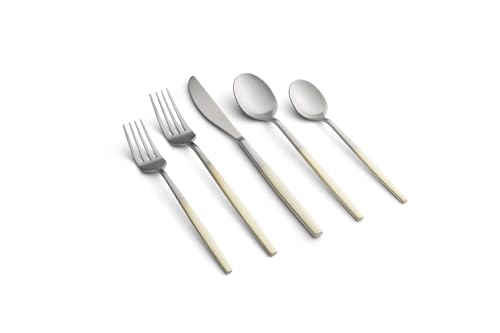
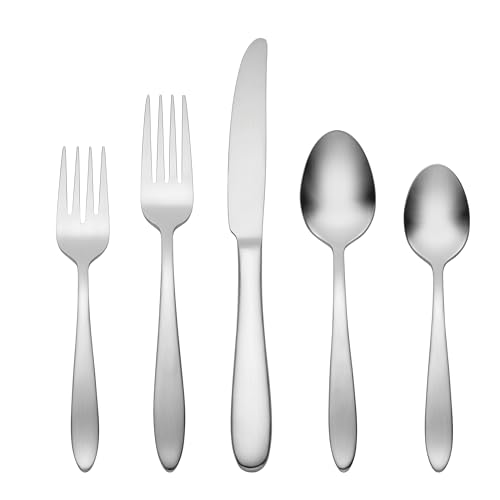
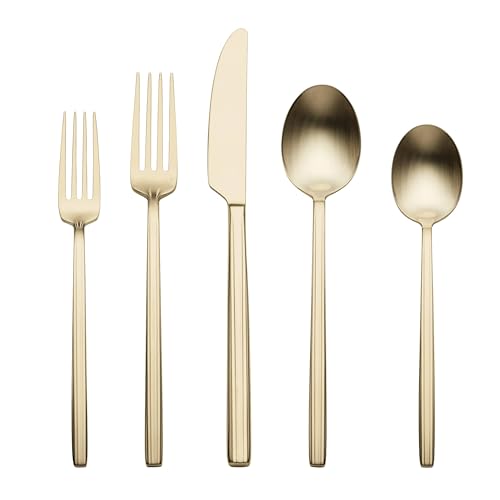

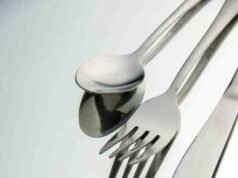
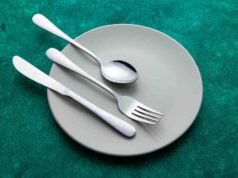






[…] more comfortable. So I started visiting stores, and I came across two cutlery sets. One said “satin finish,” the other said “polished.” While their appearance wasn’t exactly the same, it wasn’t […]
[…] our previous articles, we covered what satin silverware is. In this article, we’ll talk about how to maintain your satin silverware set and how to ensure […]
[…] our previous article, we talked about satin silverware sets. Later, we also discussed in detail how to clean these sets. In this article, we’ve prepared a […]